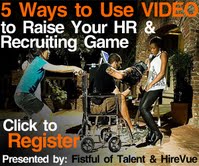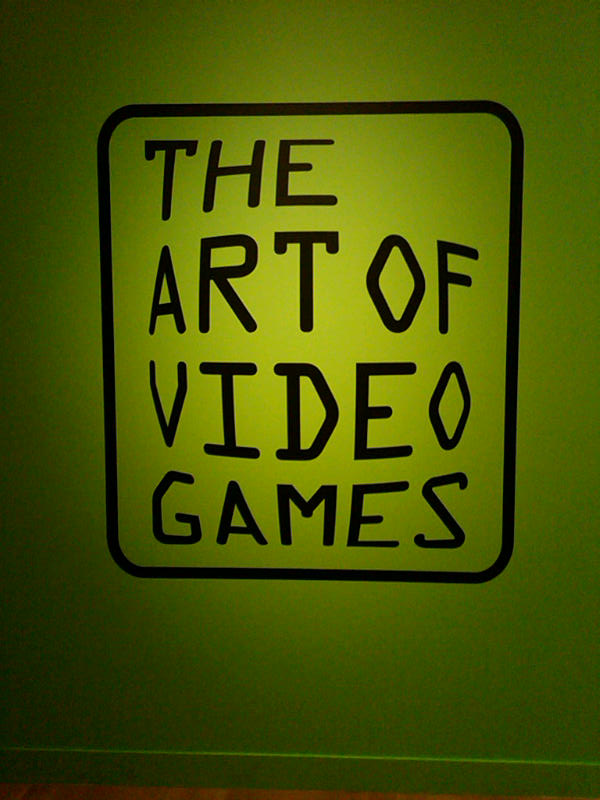Pass it on: Connecting Engagement, Community, and Results
Earlier in the week I co-presented along with Trish McFarlane on how HR and leaders can use social tools and technologies to empower their organizations and engage employees, (because you know 'empowerment' and 'engagement' are important buzzwords). Kidding aside, we do have continuing evidence, even if it is mostly observational and anecdotal, that connecting people to each other, creating environments where they are free and also challenged to collaborate, and linking these efforts to greater organizational and/or personal goals are likely to lead to increased capability, engagement, and (trust me), operational results.
One of the examples we used in the presentation, and that I'd like to highlight here, is global financial giant Aon's 'Pass it On' program. The program, (home page screen shot below), is described in Aon's words as:
A multi-faceted, global program that combines elements of employee engagement, community service and client partnerships to demonstrate to the world how Aon's 60,000 colleagues in over 120 countries focus every day on empowering results for their clients and communities.
The program also leveraged Aon's jersey sponsorship and relationship with world famous football power Manchester United, in an interesting 'pass it on' project, where three Man United footballs were 'passed' around the world amongst Aon's offices and where local Aon employees recorded videos documenting the ball's journeys throughout the world, (one example is below, email and RSS subscribers need to click through)
Sure, Aon is a huge corporation, and has obviously poured pretty significant resources into the Pass it On project, but I think there are some simple and repeatable lessons that smaller companies can learn from this project. One, is to connect an employee engagement initiative to the organization's external and perhaps better known market persona. Next, the introduction of a contest across the Aon regions played into the competitive nature of Aon employees and drove participation. Last, the awarding of the winner's prize of $10,000 to be donated to a charity of the winning team's choice further enhanced the value of the program and better connected local Aon offices to their local communities.
Finally, I was just glad we found an example to talk about in our session that wasn't Zappos or Google or LinkedIn.
Finally, finally - the link to Trish and my presentation is here.

 Steve
Steve




